Healing doesn’t stop when the stitches come out. The first 30 days after surgery are when your skin does its most important work — rebuilding strength, producing collagen, and forming new tissue. How you care for your incision during this time can determine whether your scar becomes smooth and healthy-looking or raised and visible.
At Rejûvaskin, we’re here to guide you through that critical first month, helping you support your body’s natural healing while reducing the risk of long-term scarring.
Understanding the Healing Process: The Four Phases of Skin Recovery
Every surgical wound follows a predictable pattern of healing — but what happens during each stage determines how your scar will look and feel.
According to research, wound healing occurs through four overlapping phases: hemostasis, inflammation, proliferation, and remodeling (Waibel et al., 2021); (El Ayadi et al., 2020).
Each plays a role in how your scar develops:
-
Days 1–3: Hemostasis — The body stops bleeding and forms a clot.
-
Days 3–7: Inflammation — White blood cells fight infection and clear debris.
-
Days 7–21: Proliferation — New tissue and collagen begin to form.
-
Days 21–30+: Remodeling — Collagen reorganizes, and the scar begins to mature.
Supporting your skin in every phase helps it heal stronger, smoother, and with minimal scarring.
Your 30-Day Scar Care Timeline
Days 1–7: Protect and Let Your Body Do the Work
In the first week after surgery, your body is focused on sealing the wound and protecting it from infection.
What to Do:
-
Keep the area clean and dry according to your surgeon’s instructions.
-
Avoid applying any topical scar products until the incision is completely closed.
-
Focus on rest, hydration, and proper nutrition — your body needs energy to repair itself.
What to Avoid:
-
Scrubbing or soaking the wound.
-
Picking at scabs — they protect new tissue underneath.
-
Sun exposure, which can darken new scars.
Days 8–14: Transition to Gentle Scar Care
Once your incision has fully closed (no open areas or drainage), you can begin light topical care.
What to Do:
-
Introducing RejûvaSil® Silicone Scar Gel — a gentle, medical-grade silicone formula that hydrates and protects healing skin.
It forms a breathable barrier to regulate collagen production and reduce redness or itchiness.
Explore RejûvaSil® Silicone Scar Gel -
Keep the area moisturized and protected from friction or stretching.
-
Continue eating protein-rich foods to support collagen formation.
According to wound healing studies, the proliferation phase (days 10–21) is when fibroblasts produce collagen to strengthen new tissue — the best time to introduce topical silicone support (Lumintang et al., 2021).
Days 15–21: Introduce Silicone Sheeting for Added Protection
Now that your incision has gained stability, it’s time to enhance your results with 24-hour silicone therapy.
What to Do:
-
Begin applying Scar Fx® Silicone Sheeting overnight or during the day for continuous hydration and pressure balance.
Silicone sheeting has been shown to prevent hypertrophic scarring and improve texture, color, and pliability (Clugston et al., 1995).
Discover Scar Fx® Silicone Sheeting -
Alternate between Scar Fx® at night and RejûvaSil® during the day for complete 24-hour care.
-
Begin gentle movement to improve circulation and flexibility around the incision.
Days 22–30: Support Remodeling and Brighten the Skin
At this stage, your scar is still immature but actively remodeling. The collagen fibers are realigning, and the tissue becomes stronger.
What to Do:
-
Continue consistent silicone therapy — this is when long-term benefits become visible.
-
Begin introducing Scar Esthetique® Silicone Scar Cream, which combines silicone with antioxidants and natural brighteners like Vitamin C and licorice extract to even out tone and soften discoloration.
Shop Scar Esthetique® Silicone Scar Cream -
Use daily sunscreen (SPF 30+) to prevent darkening.
Clinical research supports that early and consistent use of silicone-based products during the first month can significantly improve scar texture, thickness, and color (Waibel et al., 2021).
Beyond 30 Days: Keep the Momentum
Scar maturation can take up to 6–12 months, so consistency is key. Continue your silicone therapy for at least 60–90 days for optimal results — longer for larger or darker scars.
Pro tip:
Massage your scar gently with RejûvaSil® or Scar Esthetique® twice daily to stimulate circulation and help flatten the tissue over time.
Why Early Care Matters
Studies show that improper care during the first month can disrupt collagen balance and increase the risk of hypertrophic or keloid scarring (Nahirniy, 2022).
By contrast, consistent use of silicone-based products can reduce visible scarring by supporting hydration and collagen remodeling — without irritation.
Rejûvaskin’s approach blends clinical science with gentle skin wellness, giving you products that work with your body’s healing process — not against it.
The Rejûvaskin Difference
At Rejûvaskin, we know scar care isn’t just about fading marks — it’s about helping your skin heal confidently.
Our scar management system combines RejûvaSil® Silicone Gel, Scar Fx® Silicone Sheeting, and Scar Esthetique® Cream for a complete, science-backed routine that supports smooth, healthy, radiant skin from the very first days of healing.
Because the best scar is the one that heals beautifully.
Works Cited
-
Waibel, J., Patel, H. S., Cull, E., Sidhu, R., & Lupatini, R. (2021). Prospective, Randomized, Double-Blind, Placebo-Controlled Study on Efficacy of Copaiba Oil in Silicone-Based Gel to Reduce Scar Formation.Dermatology and Therapy. Link
-
El Ayadi, A., Jay, J., & Prasai, A. (2020). Current Approaches Targeting the Wound Healing Phases to Attenuate Fibrosis and Scarring. International Journal of Molecular Sciences. Link
-
Lumintang, L., Adnyana, I., Hamid, A. R., Sanjaya, H., & Sumadi, I. W. J. (2021). The Effect of Topical Corticosteroid Time of Application on Fibroblast and Type III Collagen Expression. Open Access Macedonian Journal of Medical Sciences. Link
-
Clugston, P., Vistnes, M., Perry, L., Maxwell, G., & Fisher, J. (1995). Evaluation of Silicone-Gel Sheeting on Early Wound Healing of Linear Incisions. Annals of Plastic Surgery. Link
-
Nahirniy, Y. P. (2022). Comparison of Conservative Methods of Prevention of Pathological Scarring of the Head and Neck. The Medical and Ecological Problems. Link
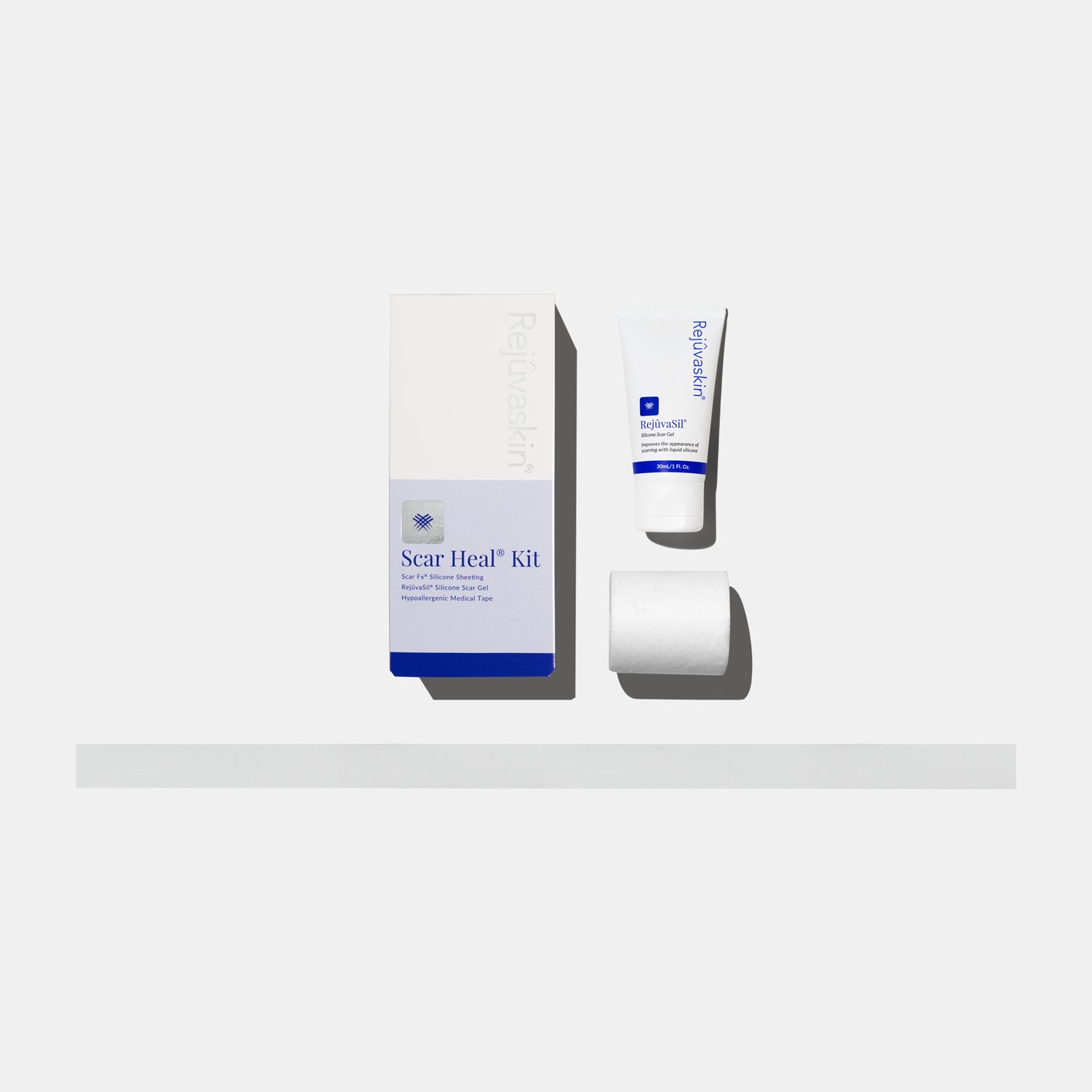



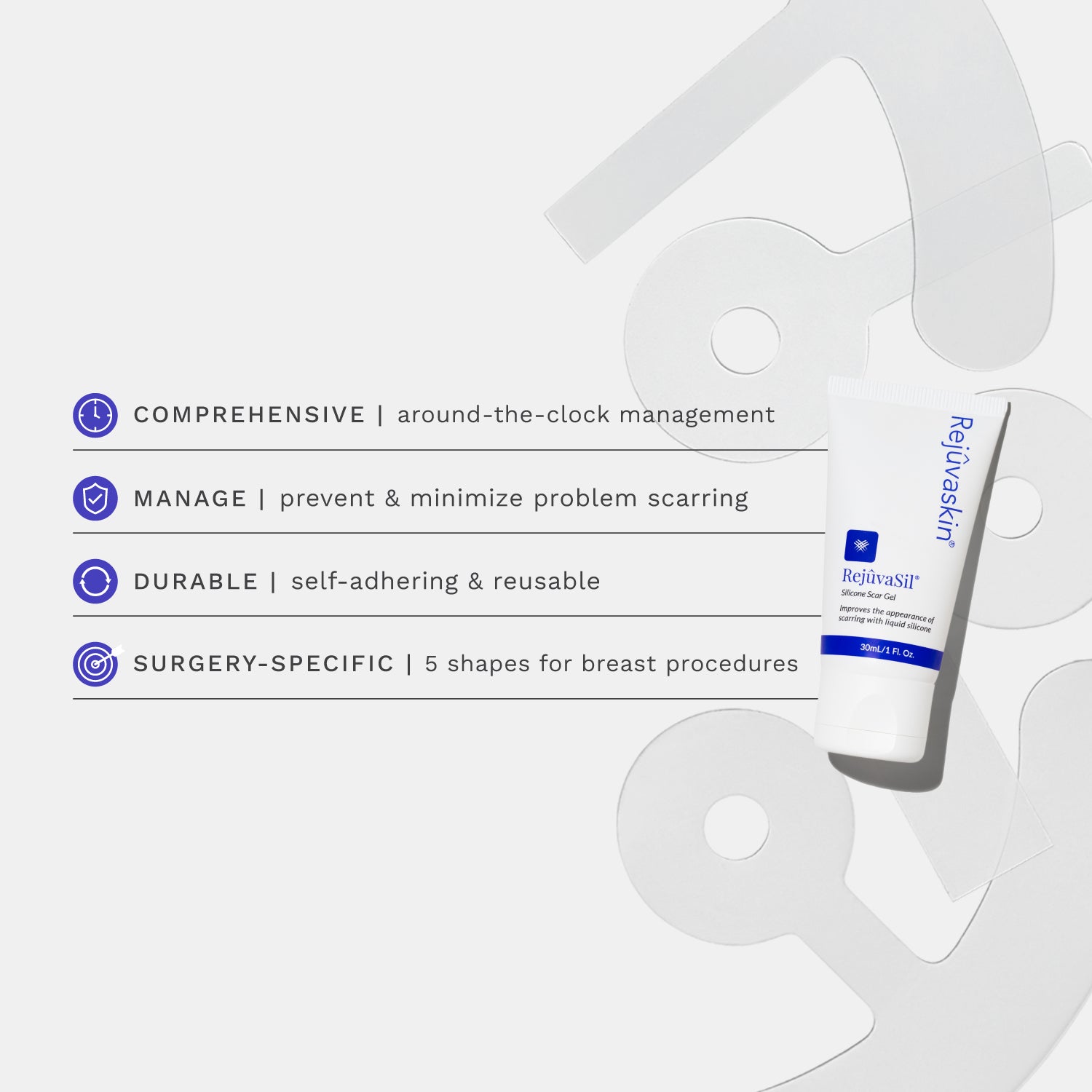
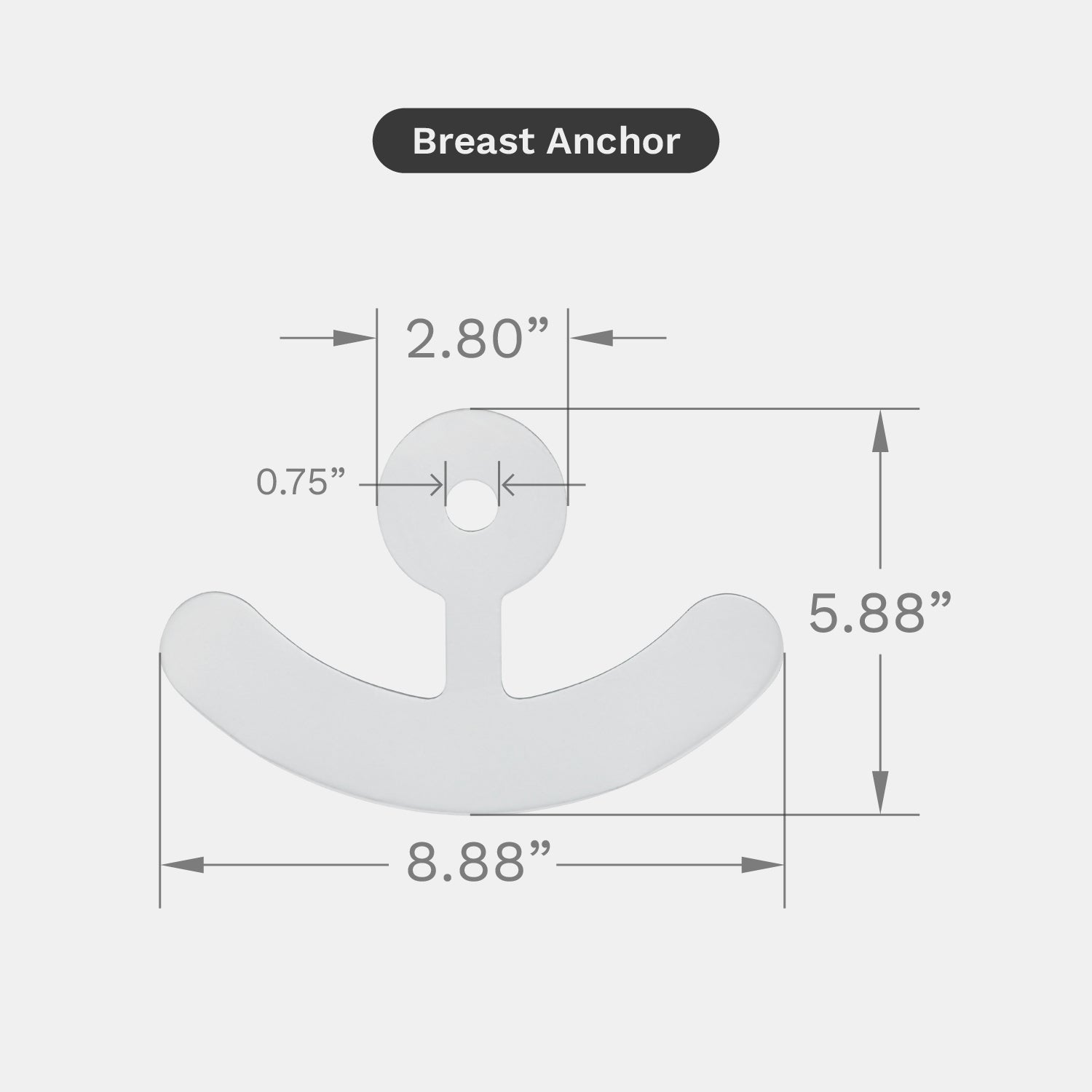
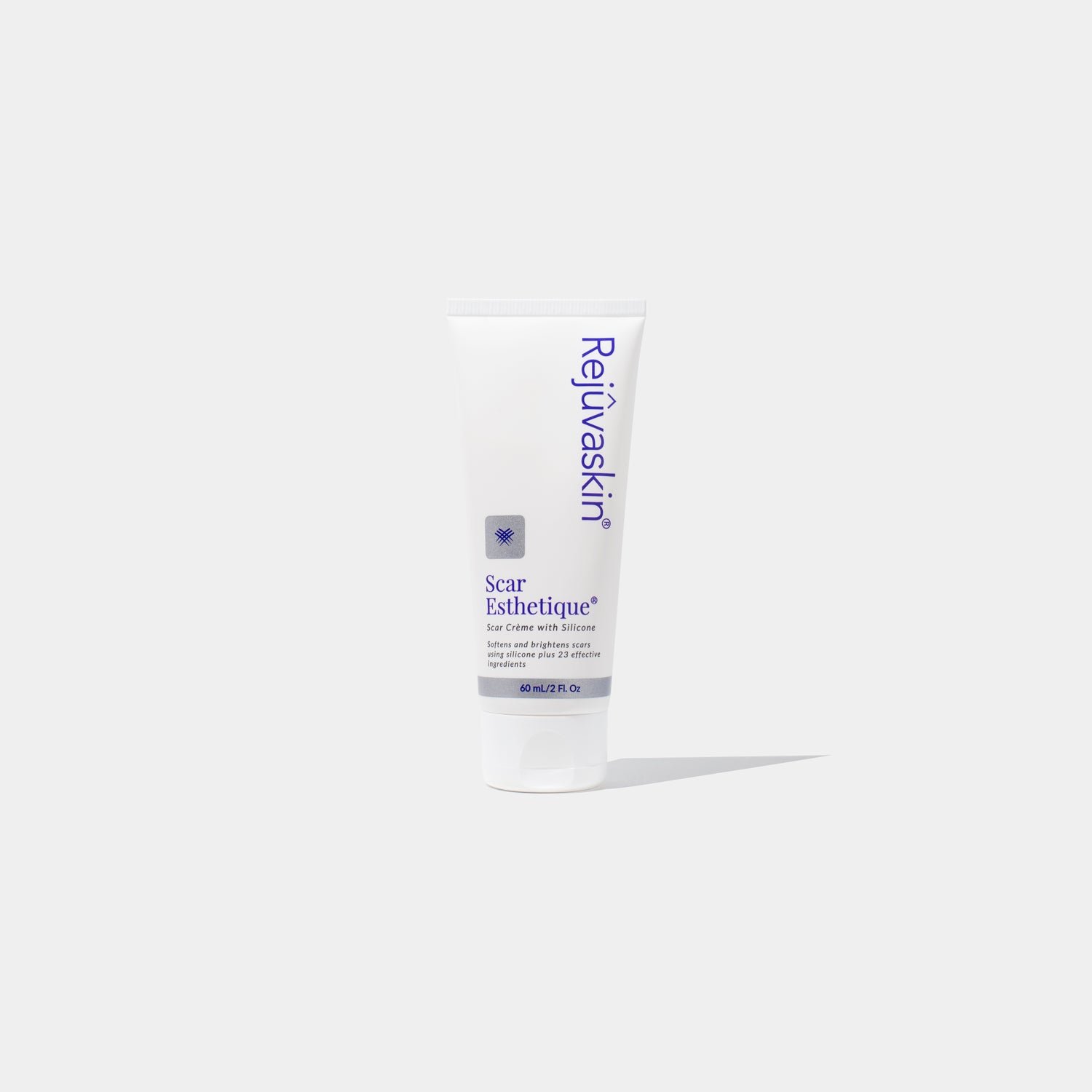
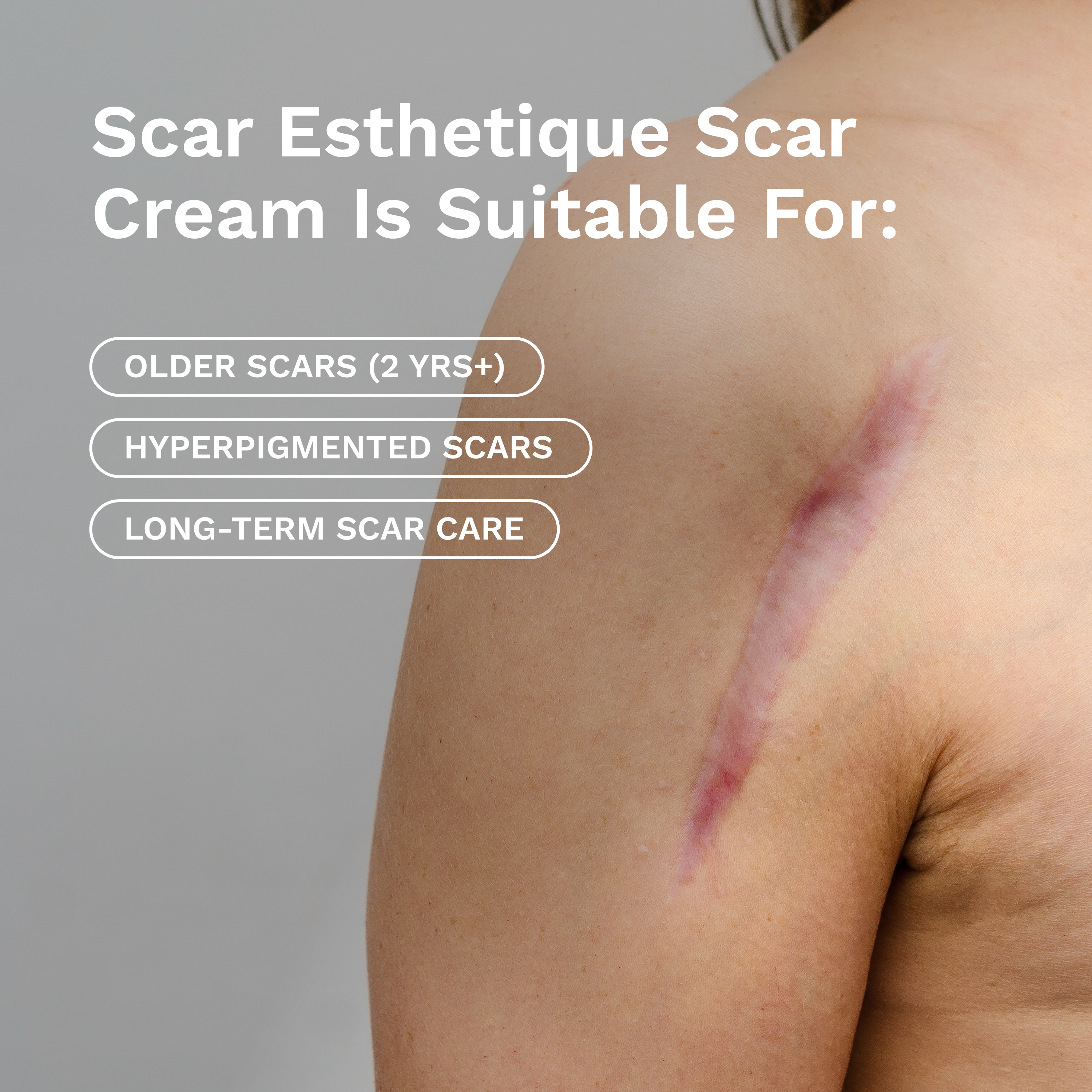









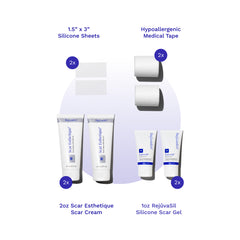

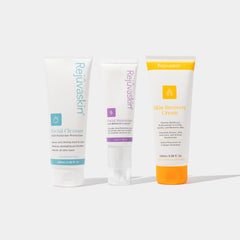

Leave a comment